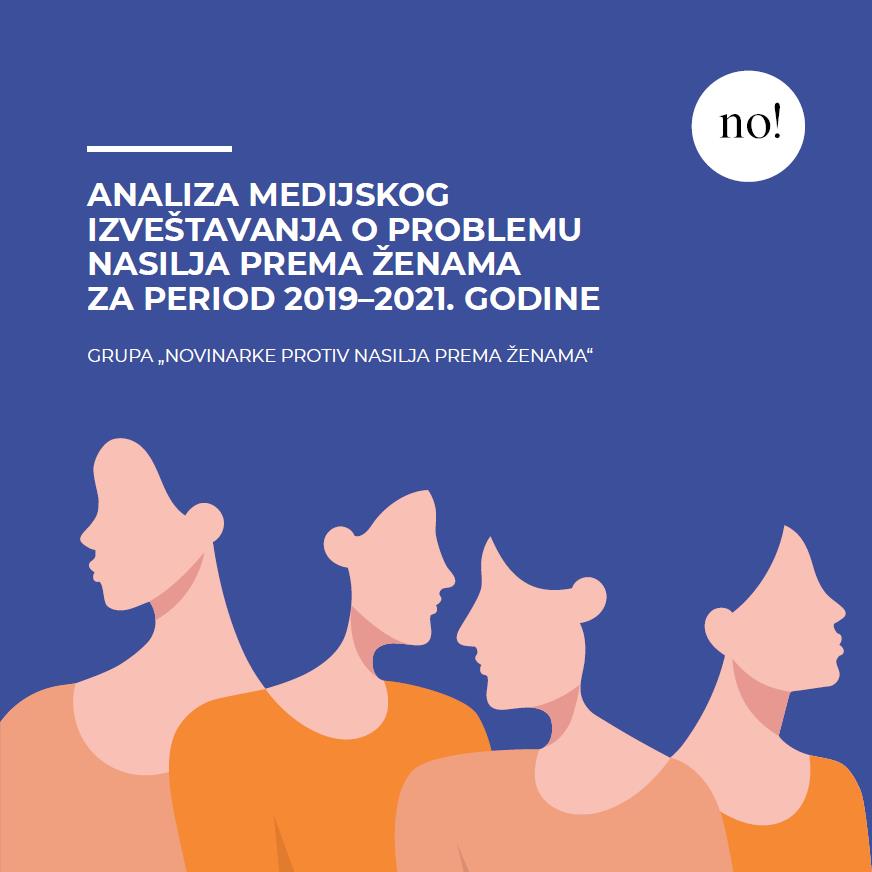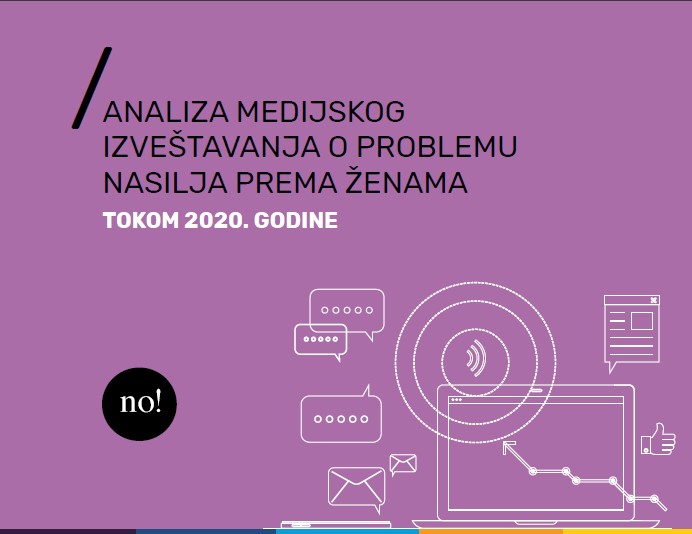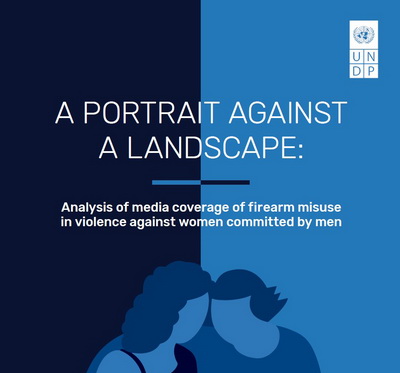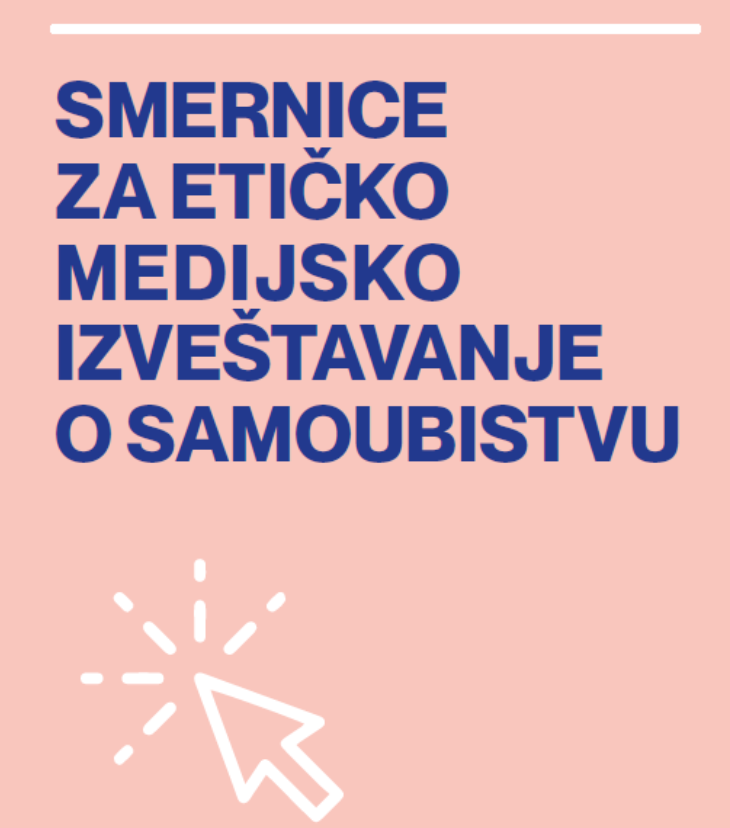Publications
Analysis 2019 – 2021
The analysis of media reporting on the problem of violence against women, by the group “Journalists against violence” for the period from January 1st, 2019 to December 31st, 2021, covers all reports on this topic from electronic and print media, as well as internet portals.
The analysis describes trends identified in media reporting on this social problem during the observed three years, focusing on areas with significant improvements, as well as aspects which need further work to ensure that media reporting contributes to the protection of survivors and eradication of violence.
A Portrait against a Landscape
According to the records of the Women against Violence Network, in the period of 2010-2019, at least 307 women were killed by their husbands or intimate partners in Serbia. In this context, the media have a powerful role in Serbia. Since they are the most frequently used source of information to monitor the prevalence of violence against women and its characteristics, the media, at the same time, participate in shaping societal attitudes towards this phenomenon. The analysis of media reporting on firearm misuse in violence against women committed by men provides the basis for further work of the group Journalists against Violence on this issue, with the aim of raising awareness of and reducing firearm misuse in cases of violence against women, domestic violence and other forms of gender-based violence through concrete activities and work with the media.
Guidelines for Media Reporting on Violence against Women
The Guidelines were prepared to assist journalists in reporting that contributes to prevention of violence against women and in educating the public through ethical and informative reporting about this problem. The Guidelines are a result of analyses and discussions of the group “Journalists against Violence”, established thanks to UNDP Serbia and the B92 Fund. The aim of the Guidelines is – on the one hand – to improve the quality of reporting on this topic and help resolve dilemmas that journalists who report on this issue often encounter, but also to eliminate, or at the very least reduce the level of the traumatization of women who’ve experienced violence, especially that which occurs as a consequence of media reporting on gender-based violence.
Guidelines for Ethical Media Reporting on Suicide
Reporting on violence against women often includes reporting on suicide, e.g. in cases where the murder of a woman is followed by the suicide of the perpetrator.
Media coverage of suicide is sensitive because it can easily trigger very intense feelings in the audience and lead to suicidal ideas. Sensationalism in reporting, inadequate approach and vocabulary contribute to the spread of stigma and prevent people from turning to someone for help in case of need.
Guidelines for ethical media reporting on suicide were prepared with the aim of helping journalists to contribute through their work to a greater understanding of the complexity of suicide, and to act preventively, developing awareness in the field of mental health. This guide offers suggestions on how to report on concrete cases in an educative and preventive way, but also on the phenomenon of suicide itself, how to ethically report on the misuse of firearms for suicide, as well as on cases of femicide followed by the suicide of the perpetrator.





